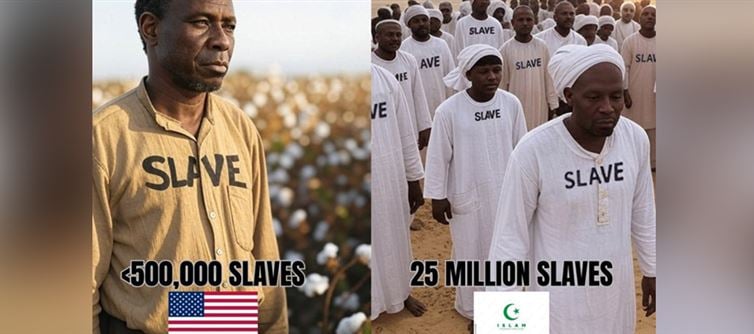
A unique and often brutal aspect of the Islamic slave trade was the widespread practice of castrating male slaves, especially those from sub-Saharan Africa. This was particularly common for those destined to serve in royal courts, harems, or elite households. Castration not only served as a method of control but also ensured that enslaved males could not reproduce with free women, thereby preventing the emergence of mixed-heritage children who might challenge social or racial hierarchies. This practice had catastrophic consequences for the enslaved populations, as it often resulted in death or lifelong physical and psychological trauma.
Though legally abolished in most countries, vestiges of slavery still exist in parts of the Middle east and North Africa (MENA). In some regions, particularly conflict zones or areas with weak rule of law, forms of human trafficking, forced labor, and domestic servitude continue. Mauritania, for example, only officially criminalized slavery in 2007 and has struggled with enforcement. While castration is no longer practiced, the echoes of this historical system still affect social structures and attitudes toward race and heritage in various parts of the Islamic world today.




 click and follow Indiaherald WhatsApp channel
click and follow Indiaherald WhatsApp channel